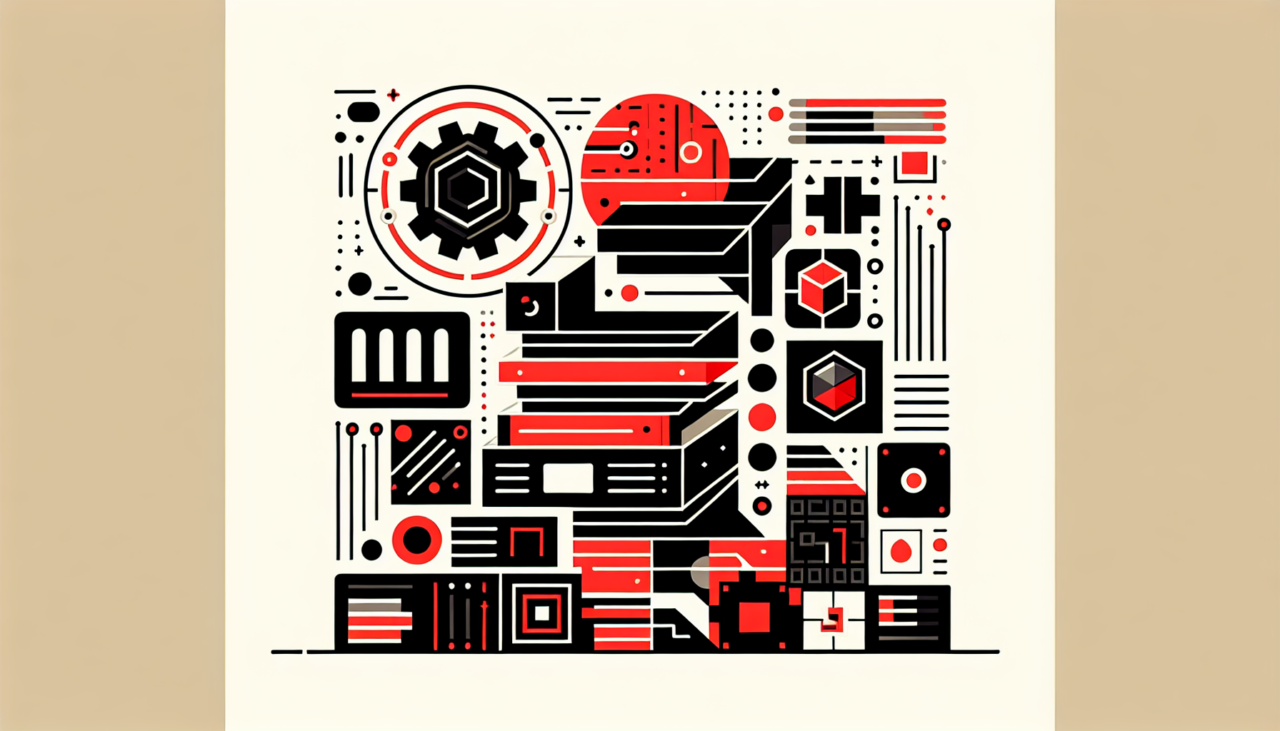How to Build a Full-Stack App with Next.js and Django
In the spirit of a Croatian Renaissance, where tradition harmonizes with innovation, we embark on a journey to craft a full-stack application using Next.js and Django. This endeavor, much like the intricate artistry of the Dalmatian hinterlands, balances the robust backbone of Django with the dynamic, forward-thinking appeal of Next.js. Together, they form a masterpiece that speaks to both the heart and mind, a testament to the enduring beauty of Croatian craftsmanship in the digital age.
The Vision: An Overview
Imagine a coastal town where ancient stone meets the azure sea, a place where the past informs the present. Our full-stack application mirrors this duality, combining Django’s steadfast reliability with Next.js’s cutting-edge prowess. Here, we explore the steps to bring this vision to life, creating an application that is both functionally sound and aesthetically pleasing.
Step 1: Setting the Foundations with Django
Django, like an old-world craftsman, provides the solid foundation upon which our application stands. Its architecture is rooted in simplicity and efficiency, ensuring our backend is as reliable as a Dalmatian sunset. Let’s begin by setting up our Django environment.
Installing Django
First, ensure you have Python and pip installed. Then, open your terminal and run:
pip install django
Creating a Django Project
Now, create a new Django project:
django-admin startproject myproject
cd myproject
Building a Django App
Within our project, we craft our first app, a microcosm of functionality:
python manage.py startapp myapp
Add ‘myapp’ to the INSTALLED_APPS in settings.py, and let the symphony of server-side logic begin.
Step 2: Designing the Future with Next.js
Next.js is our brush, painting vibrant strokes across the digital canvas. Its server-side rendering and static generation capabilities ensure our frontend is as responsive and engaging as the bustling streets of Zagreb.
Installing Next.js
Navigate to your desired directory and set up a new Next.js project:
npx create-next-app@latest my-next-app
cd my-next-app
Connecting Next.js to Django
This is where tradition meets innovation. We weave the two realms together by setting up a REST API in Django and consuming it with Next.js.
Step 3: Bridging the Old and New
Creating a Django REST API
Utilize Django REST Framework to expose your data:
pip install djangorestframework
In myapp, create a serializers.py file and define your serializers:
from rest_framework import serializers
from .models import MyModel
class MyModelSerializer(serializers.ModelSerializer):
class Meta:
model = MyModel
fields = '__all__'
In views.py, set up your API views:
from rest_framework import viewsets
from .models import MyModel
from .serializers import MyModelSerializer
class MyModelViewSet(viewsets.ModelViewSet):
queryset = MyModel.objects.all()
serializer_class = MyModelSerializer
Update urls.py to include your API routes:
from django.urls import include, path
from rest_framework.routers import DefaultRouter
from . import views
router = DefaultRouter()
router.register(r'mymodel', views.MyModelViewSet)
urlpatterns = [
path('', include(router.urls)),
]
Consuming the API in Next.js
In Next.js, fetch data from your Django API using getServerSideProps or getStaticProps:
export async function getServerSideProps() {
const res = await fetch('http://localhost:8000/mymodel/');
const data = await res.json();
return {
props: { data },
};
}
const MyPage = ({ data }) => {
return (
<div>
{data.map(item => (
<div key={item.id}>{item.name}</div>
))}
</div>
);
};
export default MyPage;
Step 4: The Final Touches
A masterpiece is not complete without its finishing touches. Deploy your Django application on a platform like Heroku, and your Next.js application on Vercel. They stand together, a testament to a harmonious blend of old and new.
Conclusion
As we conclude our journey, we find ourselves gazing upon a digital creation as timeless as the Croatian coastline. This full-stack application, woven from the threads of Django and Next.js, stands as a tribute to the spirit of innovation and tradition. It is a digital tapestry, rich in detail and vibrant in its execution, ready to engage the world in a dance of technology and artistry.

Comments (0)
There are no comments here yet, you can be the first!